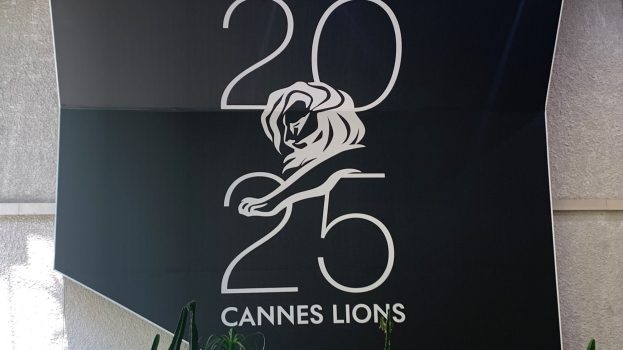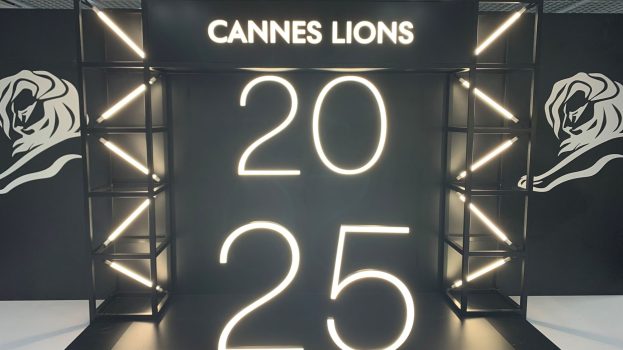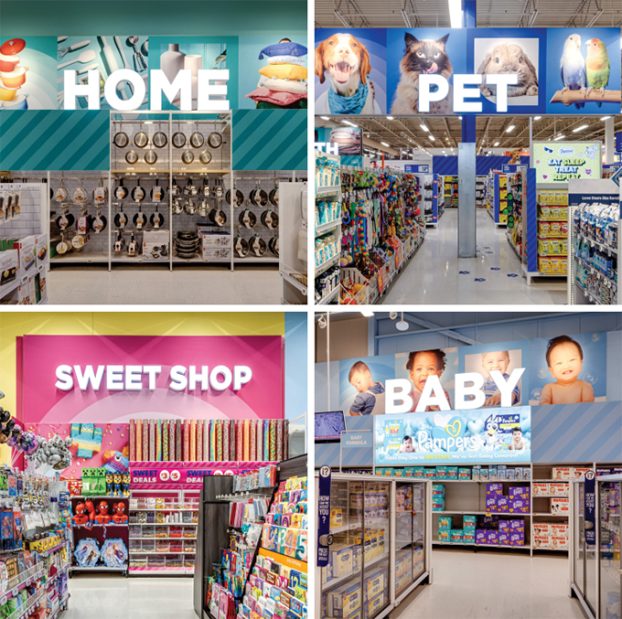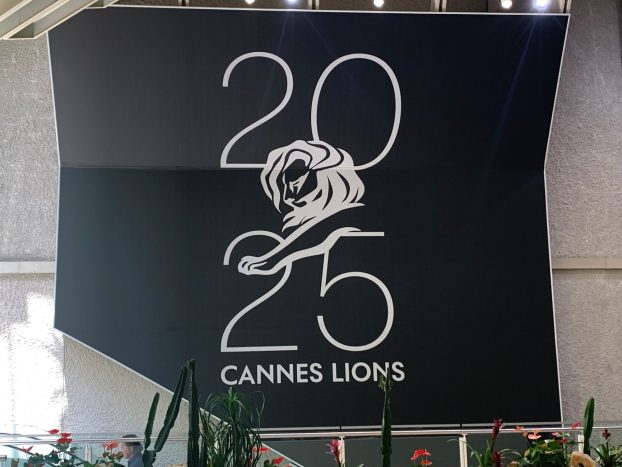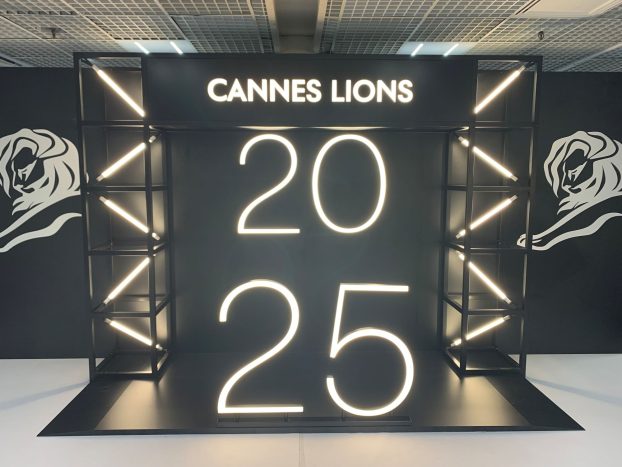Also in this report:
– Campbell Soup legacy going strong p.34
– Steady as she goes: Campbell holds line on repositioning, broadens category through production innovation and segmentation p.34
– Campbell’s creative comes full circle: ‘remarkable consistency’ in advertising of warm and fuzzy brand p.35
– No medium too far: From streetcars to TV, Campbell among the first advertisers to commit to new and emerging media p.36
Nearly 30 years ago, William B. Murphy, then president of Campbell Soup Company in Camden, n.j., beseeched his Canadian colleagues to give up the battle to win market share for the Red and White soup brand in Quebec.
Having ‘blunted his spear’ in that market as an up-and-coming soup executive, Murphy felt it was a lost cause to try to gain market share against Aylmer.
Campbell didn’t give up, but three decades later, it is still trying to figure out how to steal market share from a competitor that just about everyone agrees has historical precedent on its side.
According to Daniela Cavatassi, the Nabisco Grocery marketing manager responsible for Aylmer soup, Aylmer Tomato Soup alone commands 33% of the tonnage share of condensed soup sales in Quebec.
Although he declines to discuss details and bristles at having to talk about a market situation in which Campbell is not the runaway leader, Paul Brennan, Campbell’s current senior brand manager on the Red and White brand, says, ‘We are examining all our objectives.’
Veterans of the Quebec soup war, such as former Campbell Vice-President of Advertising R.J. Galloway, who retired in 1989, acknowledge that Aylmer has always managed to maintain the loyalty of Quebec consumers living outside of Montreal. In the province’s largest and most cosmopolitan city, however, Campbell’s Soup sales were comparable with the rest of the country.
Jerry Young, a former Campbell marketing executive who was with the company from 1964 to 1976, concurs, pointing out that Campbell’s market share for condensed soups was consistently in the ‘mid-60% range’ in Montreal and the rest of Canada but only in the ‘low-30% range’ throughout the province of Quebec.
‘I think the product offerings and the taste profile of the Campbell lineup was just not as well aligned with the tastes of French Canadian consumers as it was with the rest of North America,’ says Young.
‘It was a tough marketing proposition,’ he continues. ‘We were addressing all the things that were obvious marketing challenges, but none of them made a huge difference.’
According to Galloway, one attempted strategy for boosting Campbell’s position in Quebec involved launching a number of ‘grassroots’ media programs in the late 1960s.
These efforts, which he says met with ‘varying degrees of success,’ included a travelling radio show targeted to school-aged children. Called Le marathon des ecoliers, it revolved around inter-scholastic academic competitions, much like the long-running English-language television series Reach for the Top.
Campbell also sponsored a radio program called Un homme et son peche (A man and his sin), a serial drama which, according to Knowlton Nash’s written history of the cbc, occasionally managed to draw 80% of the listening audience in Quebec.
Another effort featured the hiring in the late 1960s of a popular Quebecois entertainer by the name of Margot Campbell to be the Campbell’s Soup spokesperson in French-language television and print ads that appeared in the province. Celebrity cook Madame Jeanne Benoit was an earlier Campbell’s spokesperson in Quebec.
‘We also developed a line of soups just for Quebec, called Paysan,’ says Galloway, although he admits the effort, which included the introduction of Campbell’s French-Canadian-Style Pea Soup, fell short of expectations.
Why the tough time selling Campbell’s Soup in Quebec?
‘It’s a historical matter,’ Galloway states. ‘Quebec people are simply very loyal to certain products.’
One such product was Habitant French-Canadian Pea Soup, a brand owned by Catelli Foods for many years until Campbell bought the product line in 1989. ‘That really strengthened Campbell’s position in the Quebec market,’ says Young.
Still, the company continues to fight an uphill battle to boost Red and White’s sales in Quebec.
Young says one factor may be that Campbell failed to introduce bilingual labels on its soups until the late 1960s, later than any of its competitors. Another is that the structure of the grocery trade in Quebec leaned more to small, independent stores, rather than large chains, making it more difficult for the company to get the kind of shelf penetration it enjoyed in other parts of the country.
‘It was just tougher to get the merchandising done,’ says Young, adding that there is a much greater concentration of chain stores in Quebec today than in the past.
Jacqueline Grenier, who started out as a French copywriter on the Campbell account when she was with Ogilvy Benson & Mather in Toronto in 1965, says another problem may have been the fact that most of the advertising intended for the Quebec market at the time was adapted from English creative.
Grenier, who, as Ogilvy’s French creative director, helped the agency open a Montreal office in 1967, says that even when original French-language creative was commissioned, the work tended to be done in Toronto.
She adds that Campbell’s French creative was handled in the Montreal office between 1974 and 1976, with some positive results.
Galloway does not agree with Grenier’s assessment of Campbell’s approach to advertising in Quebec. He argues that Campbell’s marketing efforts actually did ‘recognize our unique market position (in Quebec) and whatever consumer differences there might have been.
‘Quebec was always an important part of our company’s sales picture,’ he says. ‘It’s just that the job to be done there was different.’
According to Campbell spokesperson Maureen McCaffrey, when Bates Canada was the company’s agency of record between 1993 and 1996, it worked with its Montreal affiliate, Bates Armada, in putting together French creative.
She says bbdo, the agency-of-record hired by Campbell last December, will work with Montreal’s PNMD Publitel on any new French-language creative.


